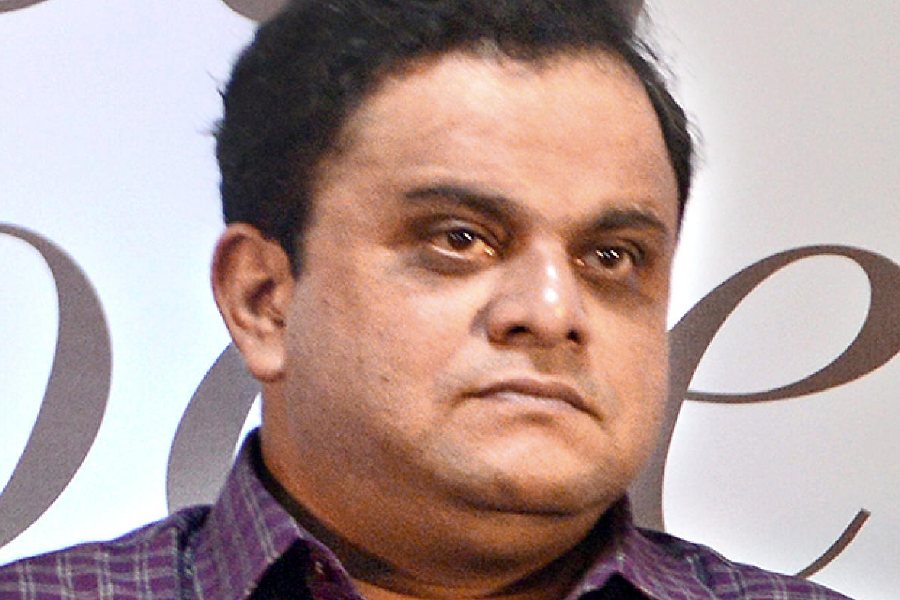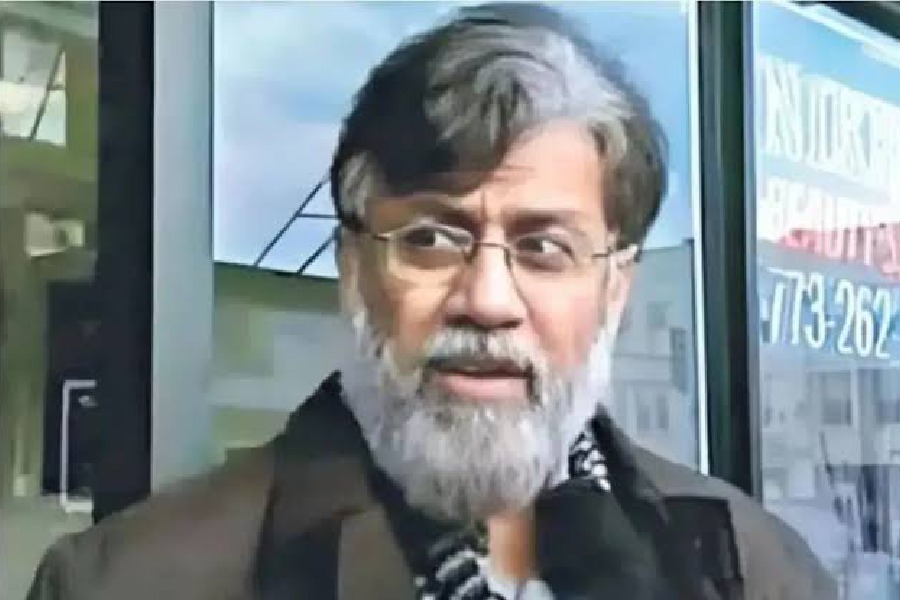 |
| Ravi Bopara |
“Six, seven and eight,” said David Graveney, England’s chairman of selectors, at the start of this season. Actually it was during the World Cup in Antigua, but as that overlapped with the start of the English season it was virtually the same. “Six, seven and eight — those are the positions we have to look at for 2009.”
It is true. Graveney has been known to worry a little — one of the several occasions he has given up cigarettes came to nought during the Ashes series of 2005, when he ended up chain-smoking on the last day at The Oval. But it is entirely proper that England’s selectors should bear in mind the next home Ashes series in 2009.
England players must not take their eyes off the ball when the West Indians bowl it in the third Test starting on Thursday — and the slinger Fidel Edwards, if recalled, will be suited to the reverse-swinging conditions at Old Trafford if the weather is at all dry — but a long-term Ashes strategy has to be part of the selectors’ discussions.
By 2009 this England team has to evolve so that the three key positions will be filled as satisfactorily then as they were in the 2005 series, when Andrew Flintoff, Geraint Jones and Ashley Giles contributed 786 runs, 34 wickets, 23 catches and a stumping.
The No.7 position for 2009 appears to be “sorted” as Matt Prior has already shown himself to be capable of Test match hundreds. He is not as good a wicketkeeper as Geraint Jones was by the end of his England career (let alone James Foster), but Prior is a better ’keeper than Jones was when he started in the England side; and a graph of gradual improvement can be anticipated, given the presence of two former wicketkeepers in the England coaching staff now, whereas Jones had no informed counsel on hand.
The No.6 position, however, is far from sorted. Indeed, last week’s news about Flintoff suggests that England had better learn how to live without him.
Flintoff is 29 years old, 6ft 4inches tall, powerfully built, and when he brings his left foot down in the delivery stride, the force has been calculated as six times his body-weight.
A slow-motion replay of his delivery makes the viewer fear for mother earth as well as Flintoff’s left ankle. And never has such a big man taken more Test wickets with outright pace than Flintoff, who has 190, except for the West Indian Joel Garner — and he only bowled fast when he was motivated.
Flintoff has always defined himself as a batting all-rounder, whereas the England management in Duncan Fletcher’s time considered him a bowling all-rounder: that was because Flintoff, when fit, has always bowled to international standard, whereas his batting at times has degenerated into confused hitting. It looks as though Flintoff will win this debate in the end, albeit for the wrong reason.
England selectors, therefore, have to groom an under-study to Flintoff, a player for the No.6 position.
A side consisting of six specialist batsmen, Prior, and four bowlers is not a sustainable policy for 2009 as the five Tests will be crammed into six or seven weeks, as in 2005.
England should have plenty of specialist batsmen from which to choose: Alastair Cook, Andrew Strauss, Kevin Pietersen, Paul Collingwood and Ian Bell will all be in the prime years from 24 to 32, and maybe Michael Vaughan or Marcus Trescothick will still be going.
But the nearest to a like-for-like replacement for Flintoff thrown up by county cricket so far is Rikki Clarke, who hits hundreds but averages only 1.33 wickets per first-class game, and at a higher bowling than batting average. And, at 25, Clarke seems no nearer to fulfilling his Flintoffian potential.
England selectors should instead look at a player who is already at home as a batsman in international cricket, and who could take more than one wicket per Test with seam: Ravi Bopara, who turned 22 in early May.
You always remember the first time you catch sight of a special talent, and it was in the indoor nets at Old Trafford in 2003 that I first saw the Essex prodigy: a sumptuous combination of East and West in that he batted with steely wrists yet a vertical bat.
During the World Cup, in his breakthrough innings against Sri Lanka, Bopara demonstrated the enviable quality of focusing on what was in front of him to the exclusion of all else. As a bowler, he will never be anything more than a fourth seamer, but he hits the seam hard and obtains lateral movement. As an in-fielder, only Collingwood of the current England team is his equal.
Players who can perform at No.8 are more numerous on the ground. In addition to Liam Plunkett, who like Steve Harmison has improved from a wretchedly low base as this series has gone on, England can expect the seamer Stuart Broad and leg-spinner Adil Rashid to be serious contenders by 2009, provided they are given the necessary exposure: which means touring Sri Lanka and New Zealand this winter.
Sajid Mahmood scored 10 runs in his four innings at No 8 in Australia but could readily come again after his operation if his application matches the talent.
No.6s are rarities, however. So if Bell’s lower back remains the slightest bit sore, Bopara should be given his Test debut soon in the hope that he can put together an Ashes-winning game in the next two years.










